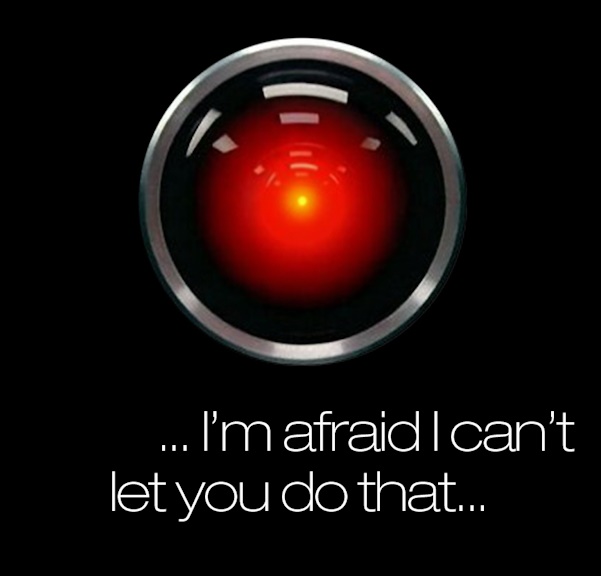Retail Sales Turn Negative in May Reflecting Continued Contraction Within Economy
The U.S. economy is 70% driven by consumer spending. When consumers stop spending the economy shrinks, it is that simple. The U.S. Dept of Commerce has released the May retail sales [pdf DATA HERE], showing a 0.3% drop in retail sales for the month. If you are interested in details, look at Table-2.
The critical point to remember is this sentence extracted from CNBC, “the numbers are not adjusted for inflation, which increased 1% for the month on the headline number and 0.6% excluding food and energy.” Everyone ignores this point, and every MSM economist pretends not to know it.

Retail sales -as measured in units purchased- have been in a contracting position since June of 2021. When the current data shows a drop of -0.3% in May, the actual drop in retail sales is much, much greater. The dept of commerce calculates retail sales in dollars. When prices are 20% higher and sales are low, retailers are selling less stuff (less units) at higher prices. This has been the reality of our economy for several months. This is also why productivity has been declining for more than a year.
If you take the 8.6% inflation rate (far understated) and an aggregate drop in sales of 0.3% (again, far understated as a measure of inflation), that means consumers are spending limited incomes on critical or essential purchases like housing, food, fuel and energy. Consumers are not purchasing durable goods; people are hunkering down.
Yearly retail sales (May ’21 compared to May ’22) are +8.1%. However, yearly retail inflation for the same period is +8.6%. Again, reflecting that less stuff is being purchased inside the economy at higher prices. If the commerce dept was measuring actual units being purchased, we would be seeing massive drops in sales.
(Via CNBC) – […] Advance retail and food service spending fell 0.3% for the month, below the Dow Jones estimate for a 0.1% gain. Excluding autos, sales were up 0.5%, which fell short of expectations for a 0.8% increase.
The numbers are not adjusted for inflation, which increased 1% for the month on the headline number and 0.6% excluding food and energy.
Sales were well below the pace in April, which posted a downwardly revised 0.7% increase from the initial 0.9% estimate.
Spending for the month declined even though sales at gas stations increased 4% due to fuel prices that scaled new heights, with regular unleaded hitting $4.43 a gallon in May and now running around $5. That growth was offset by a 3.5% decline at motor vehicle and parts dealers.
Miscellaneous store retailers saw a 1.1% drop in sales, while online stores posted a 1% decline. Bars and restaurants registered a 0.7% increase, part of a broader trend that has seen spending gradually shift from goods back to services.
On a yearly basis, sales were still up 8.1% as spending, combined with higher prices, has put a floor under the numbers. Consumers have been resilient through the inflation wave, using savings to compensate for the higher costs. (read more)
The people within the economic bureaucracy, that are aligned with the political ideology of the Biden administration, are going to lie on the second quarter statistics in order to protect the administration. The Q2 data is going to be heavily manipulated by the Bureau of Labor and Statistics, Bureau of Economic Analysis, Dept of Labor, Dept of Transportation and Dept of Commerce in order to hide the second quarter results.
Import data will be manipulated to help hide the GDP contraction. The rates of inflation within the economy will be manipulated downward in order to help hide the GDP contraction. All of the agencies aligned within government will manipulate the data in order to avoid a Q2 contraction which, when added to the Q1 contraction, would mean we are in a factual recession.
We are in an abusive relationship with our own government.





Post a Comment